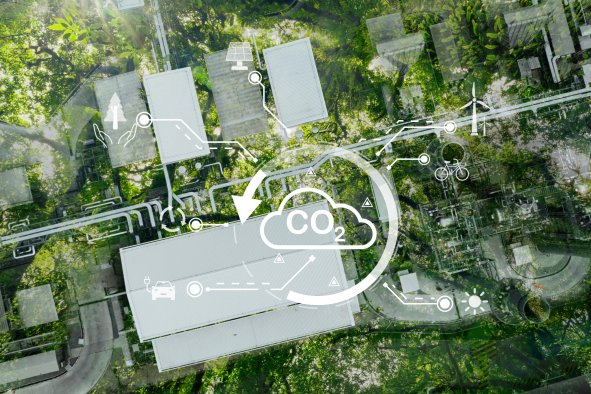Antibiotic resistance is projected to become one of the biggest killers of our species by 2050. Already, drug-resistant infections kill hundreds of thousands of people every year. And yet the true scale of this catastrophe is only just beginning to be understood.
In a first-of-its-kind study, scientists analyzed trends in drug-resistant infections around the world and estimated that, on average, more than 1 million people died every year as a result of antimicrobial resistance (AMR) between 1990 and 2021. By extrapolating this data, the team estimated that this figure could almost double by 2050.
"We estimate 39.1 million deaths directly attributable to AMR between 2025 to 2050, with the greatest burden falling on sub-Saharan Africa and South Asia," Daniel Araki, a researcher at the Institute for Health Metrics and Evaluation and one of the study's co-authors, told Newsweek.
"The estimates show that since 1990, AMR has remained a constant and growing global health threat," Araki said.
As well as direct deaths, the team estimated that antimicrobial resistance will contribute to 8.22 million deaths a year by 2050, up from 4.71 million in 2021.
"To our knowledge, this is the most comprehensive analysis of bacterial AMR trends over time, with 23 pathogens, 84 pathogen-drug combinations, 11 infectious syndromes in 204 countries and territories from 1990 to 2021," Araki said. "This large scope allowed for evaluating changing trends in AMR mortality to improve our understanding of this pervasive and growing health threat."
He continued: "Our time trend analysis also enables us to generate forecasts to demonstrate the growing impact of AMR if global governance does not change and showcase the huge impacts improvements to prevention, care and access to new treatments can have."
So what needs to be done to tackle antibiotic resistance and save millions of lives? Araki gave the following suggestions:
- Improve prevention and control measures, including increased funding and access to new antibiotics and vaccines, clean water and sanitation.
- Improve the quality of health care in hospitals and health centers by enhancing diagnostic capacity, training a robust health care workforce, implementing infection prevention and control measures, and availability of novel interventions for individuals with advanced diseases.
- Increase the involvement of government and private sectors to incentivize funding for new antibiotics and ensure that these medicines reach populations that need them most.
In the words of study co-author Kevin Ikuta: "Now is the time to act to protect people around the world from the threat posed by AMR."
Do you have a tip on a health story that Newsweek should be covering? Let us know via science@newsweek.com.
Reference
GBD 2021 Antimicrobial Resistance Collaborators (2024). Global burden of bacterial antimicrobial resistance 1990–2021: a systematic analysis with forecasts to 2050. The Lancet. https://doi.org/10.1016/S0140-6736(24)01867-1
Disclaimer: The copyright of this article belongs to the original author. Reposting this article is solely for the purpose of information dissemination and does not constitute any investment advice. If there is any infringement, please contact us immediately. We will make corrections or deletions as necessary. Thank you.



